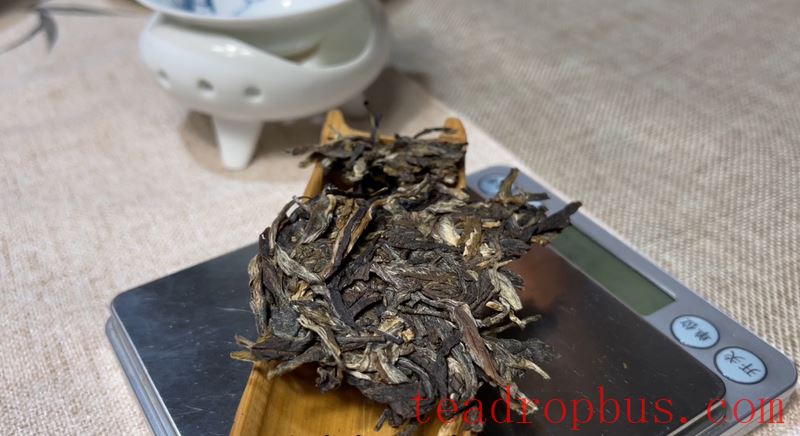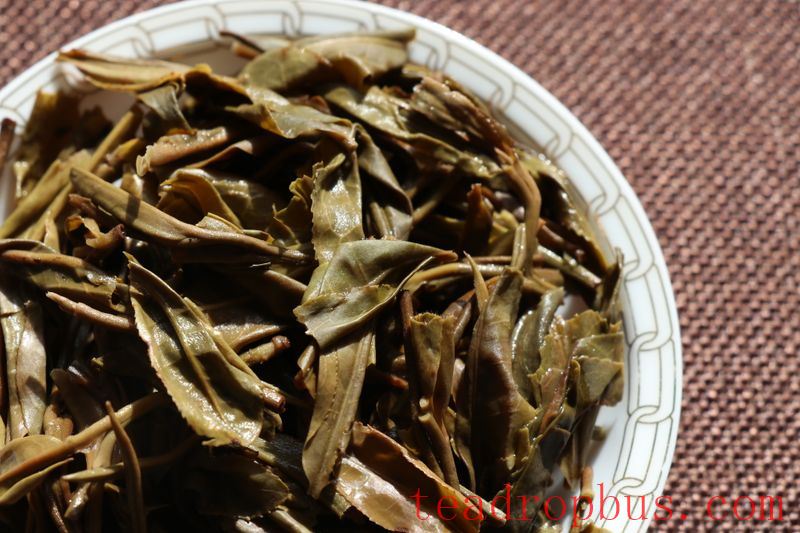The best way to distinguish good from bad Pu'er Tea is through tasting. Observe its color, smell its aroma, and savor its taste. The most basic requirement is that the infusion should be a clear red, not cloudy or with floating particles, as this indicates mold or spoilage during processing or storage.

Aging does not equal moldiness. Aging signifies that the Pu'er tea has been stored for a long time. Unlike other teas, Pu'er tea improves with age, which is one of its distinguishing features. If there is a musty smell, it's not a good Pu'er tea. Young Pu'er teas often have a slight bitterness, but this should be followed by a noticeable Sweetness and salivation in the mouth, which are signs of a quality tea.
How to Judge the Quality of Pu'er Tea Leaves
Appearance: The appearance of the tea leaves. Pu'er tea comes from large-leaf varieties, and the ideal appearance is robust, dark, simple, and lustrous. The focus is not on the finest or tenderest leaves.

Infusion Color: Pay attention to both the color of the tea cake and the tea infusion. For the tea cake, regardless of age or processing style (raw or ripe), a lustrous appearance is preferred. For the infusion, regardless of age or processing style, clarity and brightness are preferred over cloudiness. An oily sheen is also desirable.
Aroma: Whether it's the aroma of the tea cake, the infusion, the lid of the Cup, or the cup itself, even when cold, a subtle and light fragrance is preferred. High-quality Pu'er tea should not have a floating, cloying, or overpowering aroma.
Flavor: The tea should have a full-bodied flavor that is stable and well-balanced. It should excel in aspects such as a lasting sweet aftertaste, vitality, throat resonance, and the ability to improve with age.

Leaf Base: The leaf base of raw Pu'er tea is typically a chestnut or deep chestnut color, with plump and supple leaves that give a fresh impression.
The leaf base of ripe Pu'er tea is usually a dark chestnut or black, with dry and hard leaves. If the fermentation is heavy, there will be noticeable carbonization, as if the leaves were roasted over a fire. However, some ripe teas with short fermentation periods may have a leaf base similar to that of raw tea.